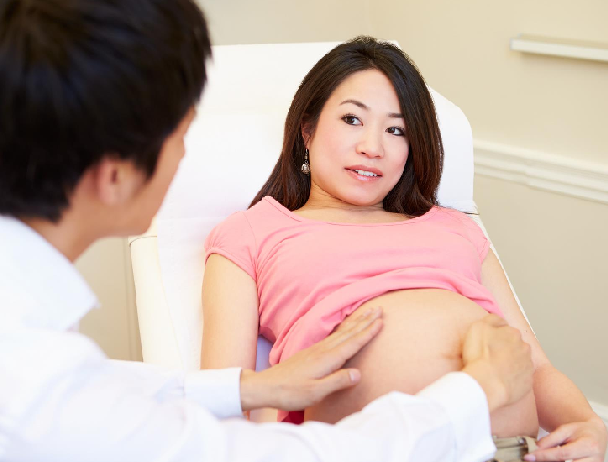What We've Learned About Preventing Hemolytic Disease of the Fetus & Newborn
DOWNLOAD AND READ THE SANDLER ET AL. STUDY

Though the ABO blood group system was discovered in 1900, it was about 40 years later that the Rh blood group system was first described. The case of a mother of a stillborn fetus suffering a severe hemolytic reaction following a transfusion with her husband’s blood led to the discovery of the Rh blood group system. In retrospect, we now know that this case also described hemolytic disease of the fetus/newborn (HDFN).
Since this discovery, practitioners routinely perform serologic testing to determine the RhD antigen status of expectant mothers. If her red blood cells (RBCs) expresses the D antigen, she is RhD-positive, and if not, she is RhD-negative.
Across the population, the RhD-positive blood type is more common than RhD-negative. Complications may arise during pregnancy in the case of an RhD-negative mother carrying an RhD-positive fetus. The RhD-negative mother’s immune system can recognize the D antigen on fetal RBCs as foreign, and can form antibodies against fetal RBCs, leading to hemolytic disease of the fetus and newborn (HDFN). Accurate determination of RhD status of pregnant patients is the first step to preventing HDFN due to RhD alloimmunization.
Prevention of HDFN
If an expectant mother is RhD-negative, Rh immune globulin (RhIG) is administered to prevent her from making antibodies against the D antigen. The prophylactic use of RhIG has significantly reduced fetal and neonatal morbidity and mortality due to HDFN.
RhIG is administered both during pregnancy (antenatal) and soon after delivery of an RhD-positive baby (postnatal). Postnatal administration is especially important for prevention of alloimmunization that could affect subsequent pregnancies, as HDFN severity increases with each pregnancy in women who make RhD antibodies.
The Challenge of Serologic Weak D Phenotypes
Though expectant mothers are tested for the RhD antigen early in pregnancy, the RhD status of some women is equivocal; that is, they will be reported as RhD-positive in one test, and RhD-negative in another. This discrepancy may be due to a serologic weak D phenotype, caused by RHD variant genes that lead to changes in the expression of the D antigen on RBCs. Often, women with serologic weak D phenotypes are treated conservatively as RhD-negative, and thus receive RhIG prophylaxis.
RHD Genotyping & Preventing Unnecessary Use of RhIG
This conservative approach to managing patients with serologic weak D phenotypes has led to unnecessary administration of RhIG. In fact, patients with certain gene variants are not at risk for RhD alloimmunization and can be safely treated as RhD-positive. Patients with Weak D Types 1, 2 or 3 can be managed as RhD-positive, and therefore do not need RhIG prophylaxis. However, only RHD genotyping can accurately determine the specific gene variant causing the serologic weak D phenotype. Without RHD genotyping, RhIG may be administered unnecessarily, increasing healthcare costs and needlessly exposing patients to RhIG, a human-derived blood product.
RHD genotyping can ensure proper RhIG usage. A 2015 study by Sandler et al. estimated that each year, there are around 16,700 expectant mothers in the United States with a serologic weak D phenotype. Of these, RHD genotyping would determine that approximately 13,360 are Weak D Types 1, 2 or 3, and therefore do not need RhIG treatment. Because multiple injections of RhIG may be administered per pregnancy, the group estimated that about 24,700 RhIG injections are given unnecessarily every year. RHD genotyping identifies RHD variants, accurately determining which patients are truly at risk for alloimmunization and which patients do not need RhIG.
Over the years, we have made great improvements to how we prevent HDFN. Effective RhIG treatment is imperative to prevent alloimmunization. RHD genotyping now enables us to accurately determine RhD status in the case of serologic weak D phenotypes, leading to appropriate clinical management of obstetrics patients and correct use of RhIG prophylaxis.
For more on the benefits of RHD genotyping, download your copy of “It’s time to phase in RHD genotyping for patients with a serologic weak D phenotype” by Sandler et al., 2015 here.
